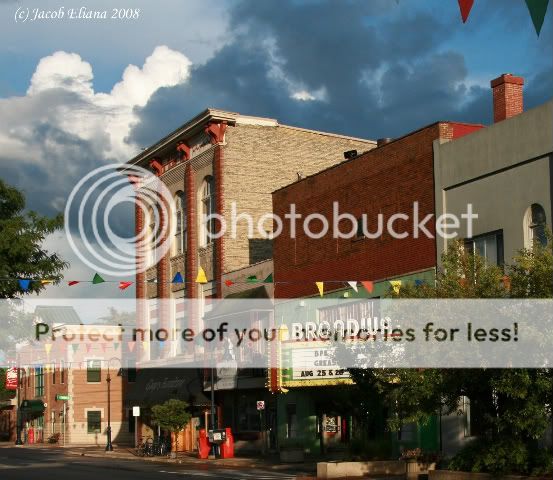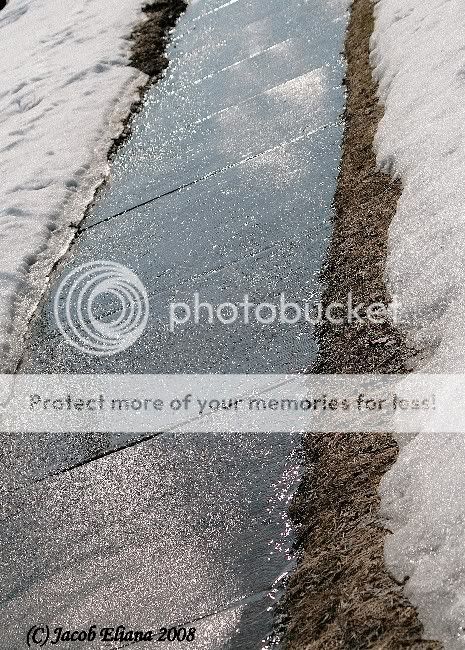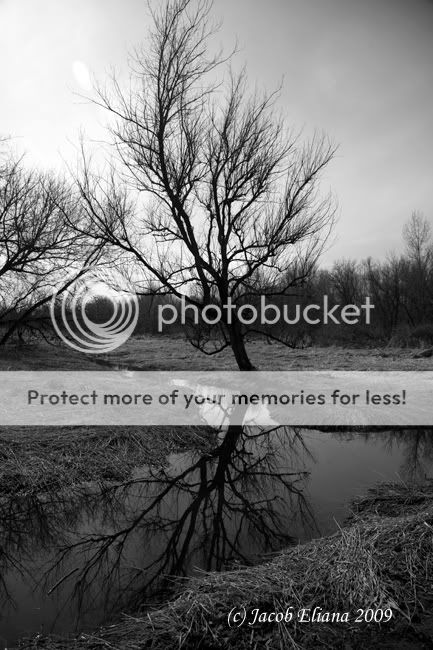Hi, Asher,
Rod,
That's intriguing. I know you know what you are talking about and it seems right. Can you give examples from your work or anyone else's? I am interested in where this works and what might limit this. From the left is in the Western tradition of reading and so that's fine, but many images are just anchored on the right.
As I'm sure you know, there is a fascinating parallel with regard to the interpretation of images with shadows and the like. Evidently, for those brought up in "Western cultures" (does that mean west of the eastern terminus of US 180?), absent any strong cues to the contrary, we interpret images with shadows as if the light arrived from the "upper left".
In aerial photo analysis, I have heard that if, for example, we have a photo of a newly-installed telephone pole line, with little mounds of soil (called "spoil") still present around the base of each pole, and if we examine the photo oriented so that the direction of the original light source is to the lower right, the little mounds will look to the observer like little craters.
I had a powerful personal experience with that. Many years ago, I bought a Kodak Instamatic 50 110-film camera. It was almost the top of the line, and had an elaborate automatic exposure mechanism. After a little over a year, that mechanism started to malfunction.
I was fortunate in having in my files the Popular Photography review of the camera, which included detailed photographs of its innards. Armed with that, I decided to disassemble the camera. I decided to do it at the office.
One of my colleagues, a very capable mechanism engineer, joined be when I did it, sitting across my wide office table from me.
As we got down to the guts, we were attempting to correlate what we saw with the photo. At one point I was interested in a little lever, which had a stiffening rib along its length. I was looking at the mechanism itself, and my colleague worked the magazine photo.
At one point I said, "now here we have a little hockey-stick shaped lever, with a stiffening rib arising upward from it". My colleague said, well, I must have the camera the other way up from the photo, since he saw in the photo a hockey-stick shaped lever but with a stiffening rib downwards.
We tried to rationalize what we saw, and it wouldn't come together. Finally, I moved to his side of the work table to get a better look at the magazine photo (the magazine was "right side up" from my side of the table, but I couldn't really see the image from there).
Son-of-a-gun, from his vantage point, the lever appear to have its stiffening rib
downward. I turned the magazine photo around, and now the lever looked to both of us as if the stiffening rib was upward, as it was on the actual part.
I've heard that this assumed direction of the light source is not the same as that experienced by people from other cultures, but I don't recall the details of the various studies of the phenomenon.
Best regards,
Doug







